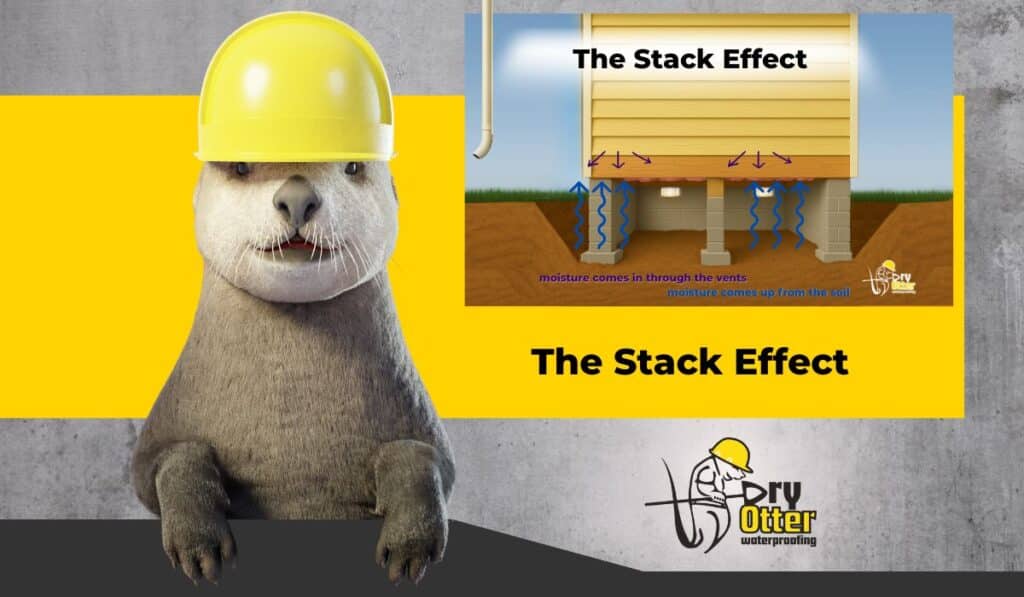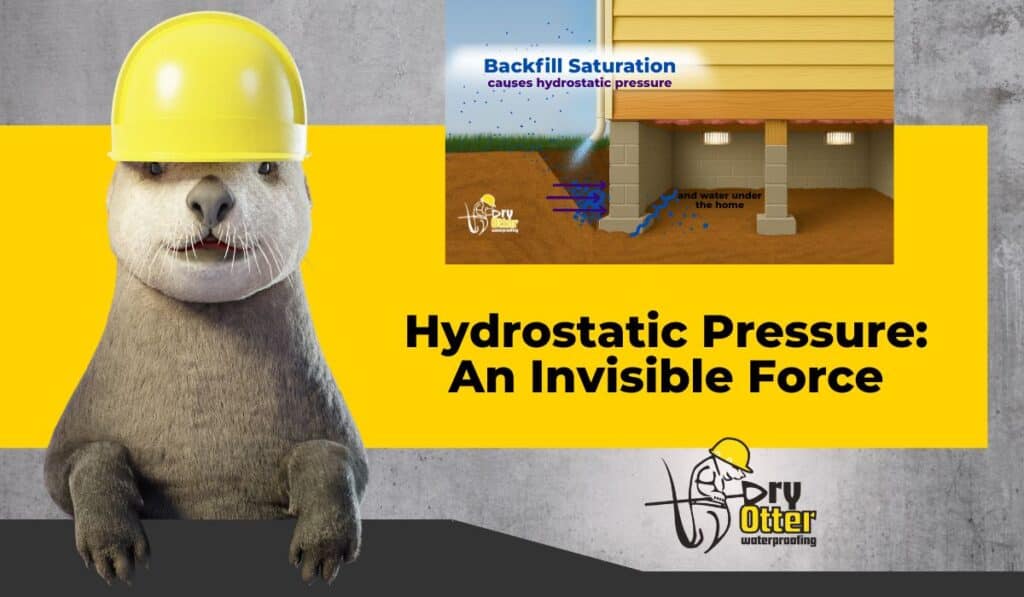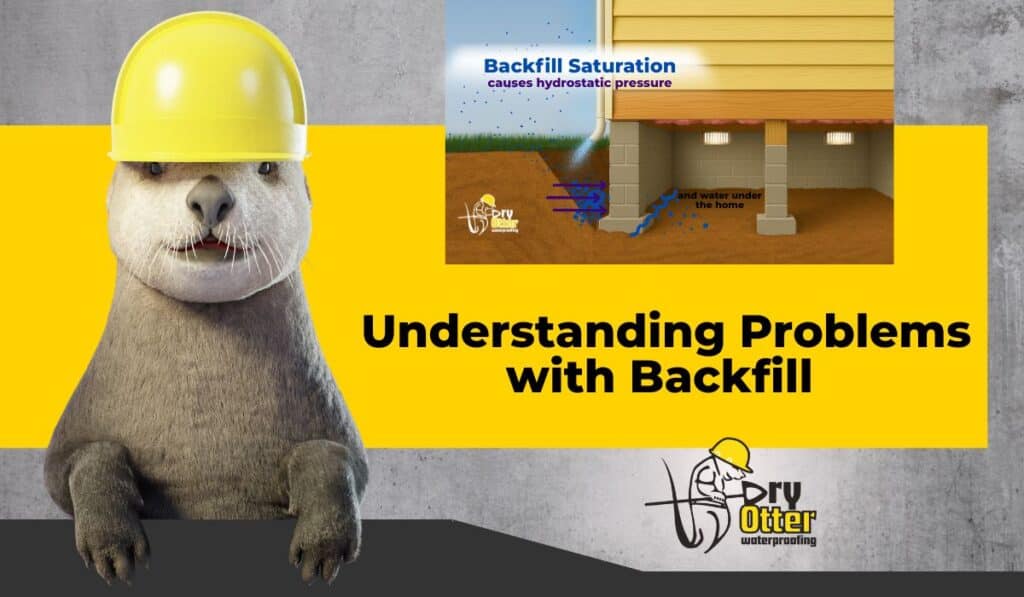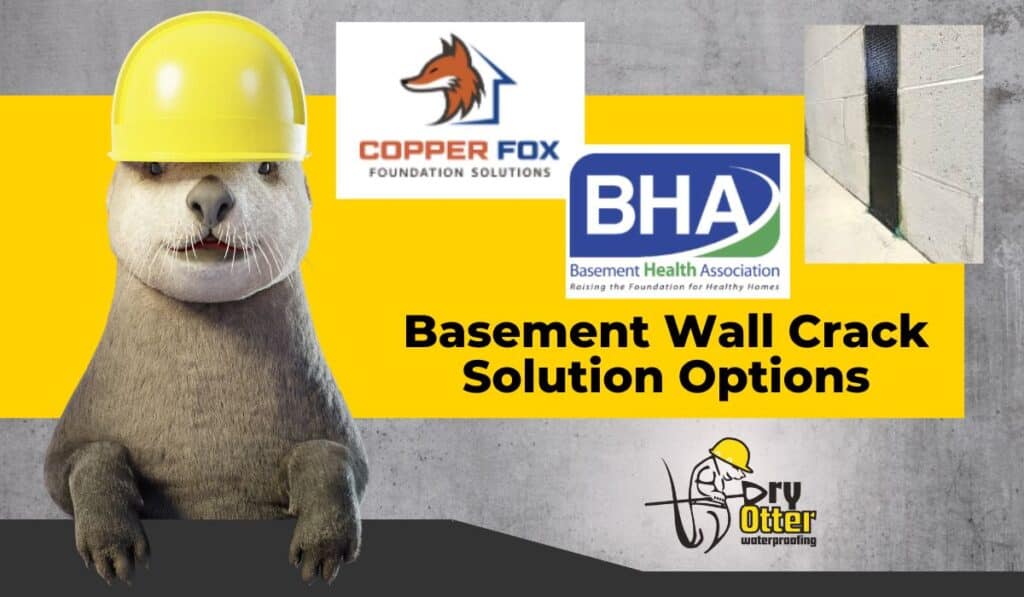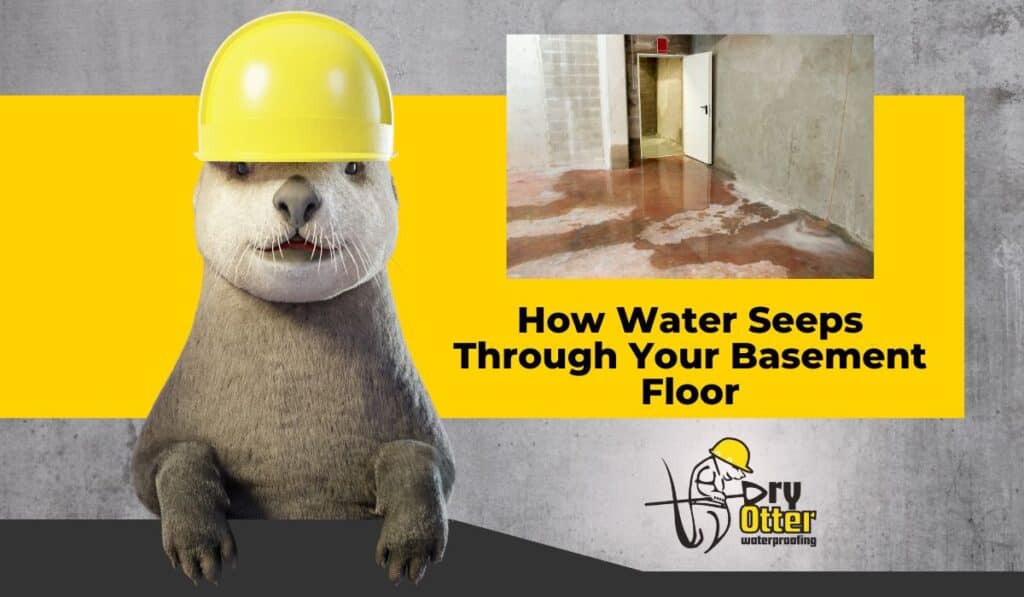If you’ve noticed an ongoing chill on your first floor, even with the heat on, or a musty odor, these may be signs of problems in your crawl space.
Your crawl space is critical to your home’s energy efficiency and comfort. A properly insulated crawl space tackles two issues: energy efficiency and moisture control.
This article will discuss the importance of crawl space insulation and how it creates a warmer, drier, more efficient living space in your home. Many factors influence faced vs unfaced insulation crawl space decisions.
Faced or unfaced insulation for crawl space?
The two types of insulation are faced and unfaced. Faced insulation has a paper vapor barrier on one side, whereas unfaced insulation has no additional material attached.
To understand faced vs unfaced insulation crawl space applications, it is crucial to know the difference between the two.
Faced Crawl Space Insulation
Faced insulation has a paper or foil vapor retarder, generally referred to as a vapor barrier, attached to one side of the insulation.
Pros of faced insulation:
- Faced insulation helps prevent condensation on crawl space walls, leading to potential mold growth. This type of insulation is ideal for humid, wet climates.
- It is also excellent for exterior walls in your crawl space and below-grade walls like basements.
- Easy handling: The added vapor barrier makes it more rigid and easier to install and handle.
- Faced insulation can meet code requirements depending on your area.
Cons of faced insulation:
- Faced insulation is also susceptible to damage and mold if moisture gets trapped between the insulation and the vapor barrier.
- Installing in a tight crawl space can be more challenging because it is less flexible than unfaced insulation.
Unfaced Crawl Space Insulation
Unfaced insulation does not have an added facing material that acts as a vapor barrier. This type of insulation is typically more affordable and allows for more flexibility during installation.
Unfaced insulation is excellent for dry interior locations where moisture is less of a concern.
Pros of unfaced insulation:
- Breathability: Unfaced insulation allows for some drying if minor moisture is present. This is beneficial in situations like attics above vented spaces or some crawl spaces. The idea is that moisture vapor can escape through the unfaced insulation, preventing moisture buildup.
- Unfaced insulation is easier to work with in tight crawl spaces because it is flexible and more accessible to maneuver around tricky areas.
Cons of unfaced insulation:
- If you don’t use faced insulation, you will still need to consider installing something that creates a vapor barrier for moisture control. This would entail encapsulation, which is the process of covering the walls, columns, and floor with plastic to control moisture.
- If you live in an area that requires a specific type of vapor barrier, unfaced insulation may not meet your local code requirements.
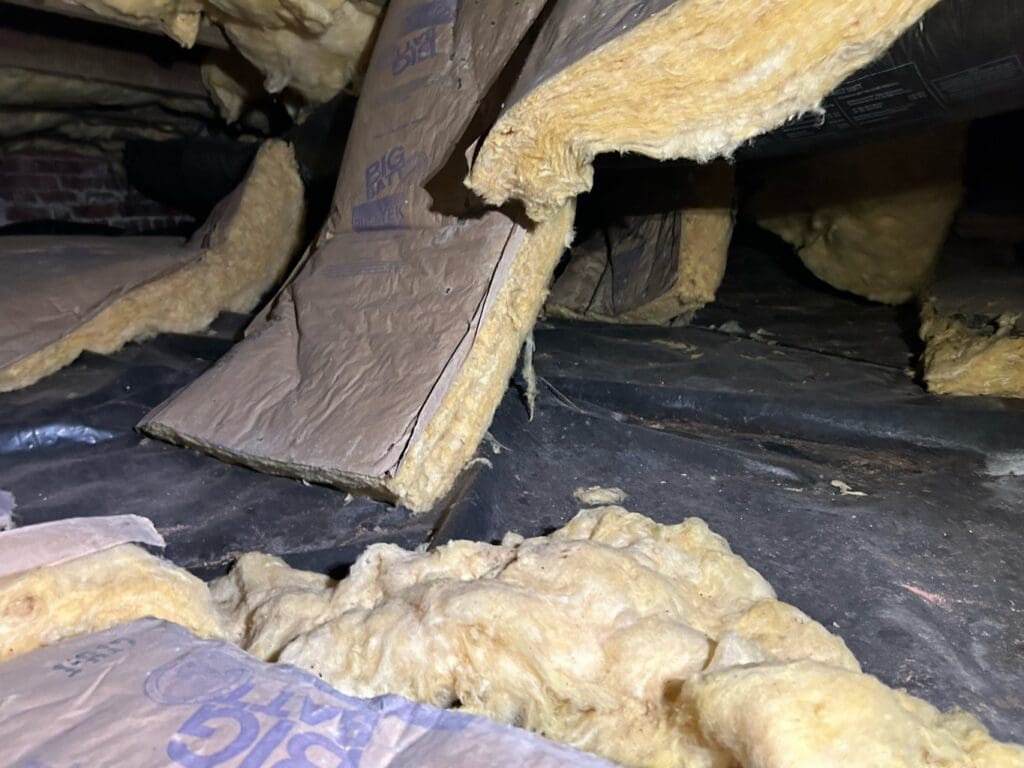
We will discuss code requirements in the next section.
Choosing the Right Insulation for Your NC Crawl Space
When considering the question, “Does crawl space insulation need to be faced?”, this section will delve deeper into the subject of faced or unfaced insulation for crawl space decisions.
Factors to Consider:
- Current crawl space: The first thing to consider is the current condition of your crawl space. Do you already have a moisture problem? Is your crawl space encapsulated or insulated? Evaluating the situation is the first step if you already have moisture issues.
- Understanding local building codes and regulations: Building code requirements are determined by the area, such as walls, ceilings, and floors. Each section must have a specific R-value (thermal resistance), which dictates the type of insulation needed.
Faced insulation doesn’t meet the code on its own; it is determined by the insulation’s combination of insulation type, thickness, and R-value to meet specific code requirements.
Building codes often have different sections that address moisture control strategies. These sections may specify the use of a vapor barrier in specific locations. NC code defines the following:
Ventilated crawl spaces should have wall insulation as the primary form of insulation; floor insulation is not enough. The R-value depends on the zone; Charlotte is zone 4, and those requirements can be found in the building code.
Enclosed crawl spaces typically require a vapor retarder on the ground surface to prevent moisture from moving upwards—usually, a minimum of 6-mil polyethylene sheet.
The walls should be insulated according to the requirements for exterior walls, which would likely have a higher R-value than a ventilated crawl space.
- Budget: Many factors must be considered when contemplating faced or unfaced insulation for crawl space moisture protection. The building code dictates proper insulation.
A professional company can help you determine the type of insulation you should use and whether encapsulation is required to meet local building codes. Dry Otter offers a free home inspection to help you choose the correct protection method for your crawl space.
- DIY vs. professional installation: You can DIY insulation in your crawl space, but it can be time-consuming and involves safety risks. Working with insulation can irritate the skin and eyes, so proper safety gear, such as gloves, masks, and eye protection, is required.
It also requires knowledge of proper techniques, material types, and building codes. Mistakes can lead to wasted materials, improper insulation performance, and moisture problems.
Knowing the proper procedure for disposal of old insulation is also important because some materials can be hazardous and contain asbestos.
Enlisting the help of a professional company like Dry Otter can save you time and money in the long run and ensure the job is done correctly. We have the proper equipment to access hard-to-reach areas and the proper disposal methods for old insulation.
Beyond Insulation: Crawl Space Health
The air on the first floor of your home is directly affected by the air in your crawl space. This is why it is crucial to ensure your crawl space is adequately insulated and dry. A damp and humid crawl space will create musty odors, mold growth, rotting wood, and structural damage.
Lack of a proper drainage system, especially in places like Charlotte, that experience excess rainfall, leads to moisture problems. Dry Otter installs a drainage system to keep your crawl space dry and help reduce excess moisture and soil erosion.
Encapsulation is another step in securing your crawl space. We cover the walls, columns, and floor with plastic, which acts as an effective vapor barrier. Finally, a dehumidifier is used to dry out the space and eliminate excess humidity to restore your crawl space to a healthy environment.
Choosing the best insulation method for your crawl space is a complex decision. Without knowledge of building codes, it is difficult to choose between faced insulation with a vapor barrier and unfaced insulation.
A professional waterproofing company can help you determine the best course of action for your circumstances.
For a dry and functional crawl space, contact Dry Otter Waterproofing for a complete home inspection. We offer personalized advice and tailored solutions to meet all your waterproofing and insulation needs.
Take our “Problem Signs Quiz” to get started today.

